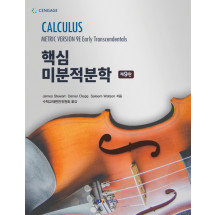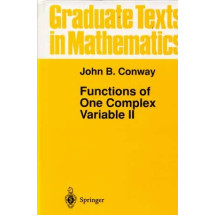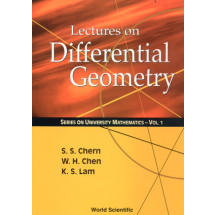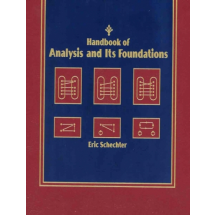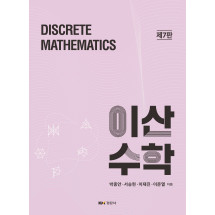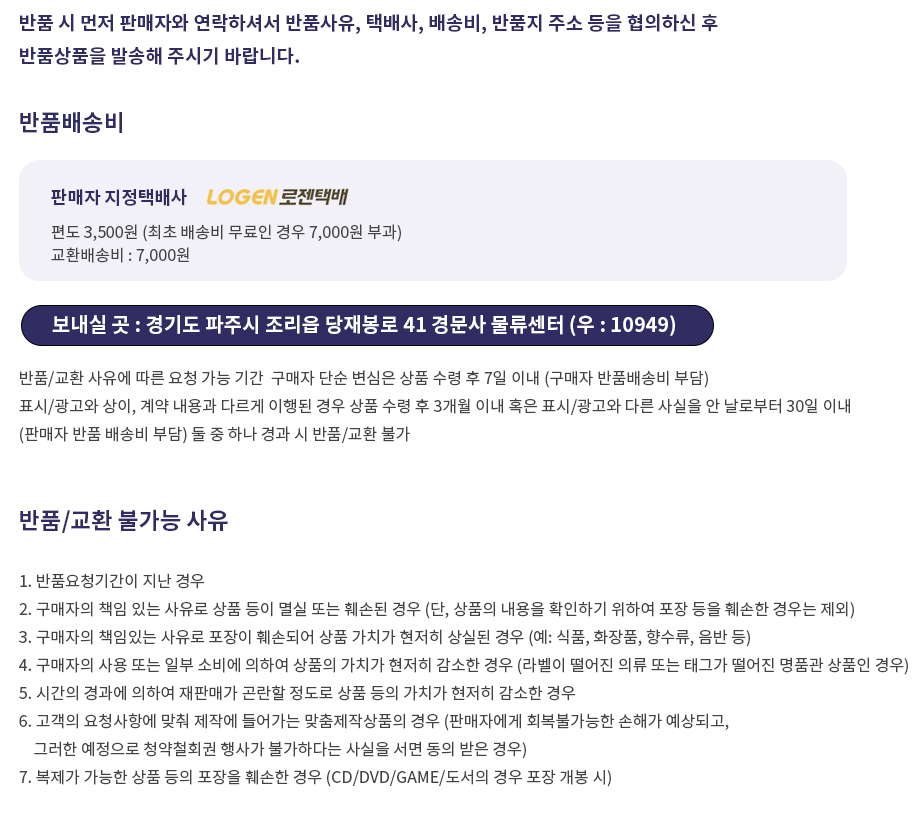Preface.
To the Student.
Diagnostic Tests.
A Preview of Calculus.
1. FUNCTIONS AND MODELS.
Four Ways to Represent a Function.
Mathematical Models: A Catalog of Essential Functions.
New Functions from Old Functions.
Exponential Functions.
Inverse Functions and Logarithms.
Review.
Principles of Problem Solving.
2. LIMITS AND DERIVATIVES.
The Tangent and Velocity Problems.
The Limit of a Function.
Calculating Limits Using the Limit Laws.
The Precise Definition of a Limit.
Continuity.
Limits at Infinity; Horizontal Asymptotes.
Derivatives and Rates of Change.
Writing Project: Early Methods for Finding Tangents.
The Derivative as a Function.
Review.
Problems Plus.
3. DIFFERENTIATION RULES.
Derivatives of Polynomials and Exponential Functions.
Applied Project: Building a Better Roller Coaster.
The Product and Quotient Rules.
Derivatives of Trigonometric Functions.
The Chain Rule.
Applied Project: Where Should a Pilot Start Descent?
Implicit Differentiation.
Discovery Project: Families of Implicit Curves.
Derivatives of Logarithmic Functions and Inverse Trigonometric Functions.
Rates of Change in the Natural and Social Sciences.
Exponential Growth and Decay.
Applied Project: Controlling Red Blood Cell Loss During Surgery.
Related Rates.
Linear Approximations and Differentials.
Discovery Project: Taylor Polynomials.
Hyperbolic Functions.
Review.
Problems Plus.
4. APPLICATIONS OF DIFFERENTIATION.
Maximum and Minimum Values.
Applied Project: The Calculus of Rainbows.
The Mean Value Theorem.
What Derivatives Tell Us about the Shape of a Graph.
Indeterminate Forms and l'Hospital's Rule.
Writing Project: The Origins of l'Hospital's Rule.
Summary of Curve Sketching.
Graphing with Calculus and Technology.
Optimization Problems.
Applied Project: The Shape of a Can.
Applied Project: Planes and Birds: Minimizing Energy.
Newton's Method.
Antiderivatives.
Review.
Problems Plus.
5. INTEGRALS.
The Area and Distance Problems.
The Definite Integral.
Discovery Project: Area Functions.
The Fundamental Theorem of Calculus.
Indefinite Integrals and the Net Change Theorem.
Writing Project: Newton, Leibniz, and the Invention of Calculus.
The Substitution Rule.
Review.
Problems Plus.
6. APPLICATIONS OF INTEGRATION.
Areas Between Curves.
Applied Project: The Gini Index.
Volumes.
Volumes by Cylindrical Shells.
Work.
Average Value of a Function.
Applied Project: Calculus and Baseball.
Applied Project: Where to Sit at the Movies.
Review.
Problems Plus.
7. TECHNIQUES OF INTEGRATION.
Integration by Parts.
Trigonometric Integrals.
Trigonometric Substitution.
Integration of Rational Functions by Partial Fractions.
Strategy for Integration.
Integration Using Tables and Technology.
Discovery Project: Patterns in Integrals.
Approximate Integration.
Improper Integrals.
Review.
Problems Plus.
8. FURTHER APPLICATIONS OF INTEGRATION.
Arc Length.
Discovery Project: Arc Length Contest.
Area of a Surface of Revolution.
Discovery Project: Rotating on a Slant.
Applications to Physics and Engineering.
Discovery Project: Complementary Coffee Cups.
Applications to Economics and Biology.
Probability.
Review.
Problems Plus.
9. DIFFERENTIAL EQUATIONS.
Modeling with Differential Equations.
Direction Fields and Euler's Method.
Separable Equations.
Applied Project: How Fast Does a Tank Drain?
Models for Population Growth.
Linear Equations.
Applied Project: Which is Faster, Going Up or Coming Down?
Predator-Prey Systems.
Review.
Problems Plus.
10. PARAMETRIC EQUATIONS AND POLAR COORDINATES.
Curves Defined by Parametric Equations.
Discovery Project: Running Circles Around Circles.
Calculus with Parametric Curves.
Discovery Project: Bezier Curves.
Polar Coordinates.
Discovery Project: Families of Polar Curves.
Calculus in Polar Coordinates.
Conic Sections.
Conic Sections in Polar Coordinates.
Review.
Problems Plus.
11. SEQUENCES, SERIES, AND POWER SERIES.
Sequences.
Discovery Project: Logistic Sequences.
Series.
The Integral Test and Estimates of Sums.
The Comparison Tests.
Alternating Series and Absolute Convergence.
The Ratio and Root Tests.
Strategy for Testing Series.
Power Series.
Representations of Functions as Power Series.
Taylor and Maclaurin Series.
Discovery Project: An Elusive Limit.
Writing Project: How Newton Discovered the Binomial Series.
Applications of Taylor Polynomials.
Applied Project: Radiation from the Stars.
Review.
Problems Plus.
12. VECTORS AND THE GEOMETRY OF SPACE.
Three-Dimensional Coordinate Systems.
Vectors.
Discovery Project: The Shape of Hanging Chain.
The Dot Product.
The Cross Product.
Discovery Project: The Geometry of a Tetrahedron.
Equations of Lines and Planes.
Discovery Project: Putting 3D in Perspective.
Cylinders and Quadric Surfaces.
Review.
Problems Plus.
13. VECTOR FUNCTIONS.
Vector Functions and Space Curves.
Derivatives and Integrals of Vector Functions.
Arc Length and Curvature.
Motion in Space: Velocity and Acceleration.
Applied Project: Kepler's Laws.
Review.
Problems Plus.
14. PARTIAL DERIVATIVES.
Functions of Several Variables.
Limits and Continuity.
Partial Derivatives.
Discovery Project: Deriving the Cobb-Douglas Production Function.
Tangent Planes and Linear Approximations.
Applied Project: The Speedo LZR Racer.
The Chain Rule.
Directional Derivatives and the Gradient Vector.
Maximum and Minimum Values.
Discovery Project: Quadratic Approximations and Critical Points.
Lagrange Multipliers.
Applied Project: Rocket Science.
Applied Project: Hydro-Turbine Optimization.
Review.
Problems Plus.
15. MULTIPLE INTEGRALS.
Double Integrals over Rectangles.
Double Integrals over General Regions.
Double Integrals in Polar Coordinates.
Applications of Double Integrals.
Surface Area.
Triple Integrals.
Discovery Project: Volumes of Hyperspheres.
Triple Integrals in Cylindrical Coordinates.
Discovery Project: The Intersection of Three Cylinders.
Triple Integrals in Spherical Coordinates.
Applied Project: Roller Derby.
Change of Variables in Multiple Integrals.
Review.
Problems Plus.
16. VECTOR CALCULUS.
Vector Fields.
Line Integrals.
The Fundamental Theorem for Line Integrals.
Green's Theorem.
Curl and Divergence.
Parametric Surfaces and Their Areas.
Surface Integrals.
Stokes' Theorem.
The Divergence Theorem.
Summary.
Review.
Problems Plus.
APPENDIXES.
A: Numbers, Inequalities, and Absolute Values.
B: Coordinate Geometry and Lines.
C: Graphs of Second-Degree Equations.
D: Trigonometry.
E: Sigma Notation.
F: Proofs of Theorems.
G: The Logarithm Defined as an Integral.
H: Answers to Odd-Numbered Exercises.
INDEX.


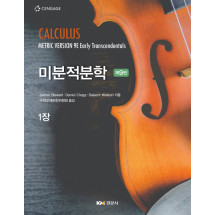
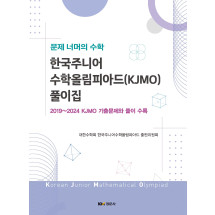
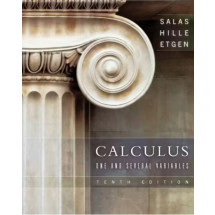
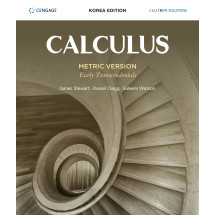
![[BuiLearn code] 대학미분적분학, 제4판](https://www.kyungmoon.com/data/item/1741752716/thumb-S210_64yA7ZWZ66467aE7KCB67aE7ZWZ7KCc47YyQCalculusconceptsContexts4thStewart7JuQ6rSR64yA_7ZGc7KeA_215x215.jpg)
